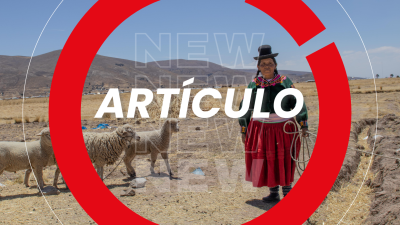The book includes 75 new tree species from rural parishes and natural forests of the capital city. The list also takes into account the 351 specimens that were considered in the first edition, amounting to a total of 426 trees with heritage value.
On Tuesday, February 20, in the Quito Botanical Gardens, Mayor Mauricio Rodas Espinel officially launched the second edition of the book “Los Árboles Patrimoniales de Quito” [The Heritage Trees of Quito] in the presence of several municipal authorities, representatives of civil society organizations, private companies, the media, and prominent citizens of Quito.
This updated version includes 38 trees from squares of rural parishes and 37 amazing specimens from the montane forests of Northwestern Quito, which were identified thanks to CONDESAN’s Biodiversity Monitoring Program implemented under the framework of the EcoAndes Programs (funded by the Global Environment Facility – GEF, through the United Nations Environment Programme) and Andean Forests [Bosques Andinos] (initiative funded by the Swiss Agency for Development and Cooperation – SDC, and facilitated by the consortium formed by HELVETAS Swiss Intercooperation and CONDESAN.) Through it, more than 6,000 trees are monitored on 17 permanent research plots to understand the ecosystems’ dynamics in terms of biodiversity and carbon content.
The 37 specimens are mature trees; therefore, they are vital elements for the forest maintenance: they give fruit and seeds that sustain and renew the ecosystem’s tree community. They are also sources of food and shelter for a great number of plants and animals. Similarly, they are important because of their large size, storing large amounts of carbon and many of these trees are also endemic species, that is to say that they are native and restricted to the Northwest forests; and some of them are classified as endangered species.
The existence of these specimens is an indicator of preserved forests or forests that are in the process of being recovered. Consequently, declaring them heritage trees acknowledges the commitment of all the residents of the Northwest Quito rural parishes who have devoted their lands to protect these ecosystems. This effort with the Metropolitan Secretariat of Environment becomes an additional strategy for the appreciation and protection of these forests, strengthening the conservation practices promoted by the residents of the northwest and putting Metropolitan Ordinance 137 into practice, which establishes Northwest of Quito as a territory of ecological, cultural, and sustainable productive development.
This document has been prepared with the support of the EcoAndes Project and the Andean Forests Program, executed by CONDESAN. The Andean Forests Program is implemented in consortium with HELVETAS Swiss Intercooperation and financed by the Swiss Agency for Development and Cooperation (SDC). Within the PICHINCHA intervention site, the EcoAndes Project and the Andean Forests Program have a partnership with the Secretariat of Environment of the Metropolitan District of Quito for its implementation.
Click here to download the book.
Source: Andean Forests
Related links:
Andean Forests, project sheet, Swiss Embassy, Swiss Agency for Development and Cooperation (SDC)
Web Andean Forests Program
Video Andean Forests Program








